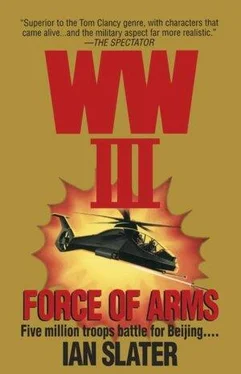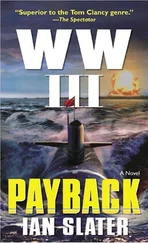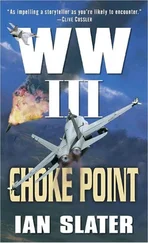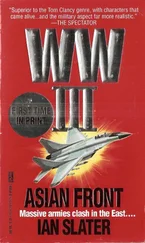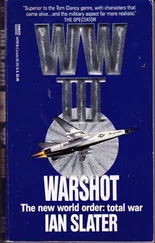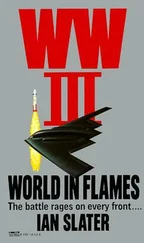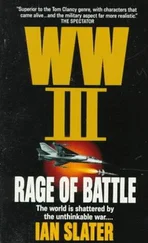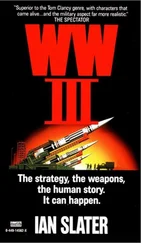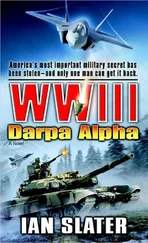* * *
“Goddamn it!” Freeman thundered. “We’ve got to get back into the fight. How far away from Lake Nam is the SAS/D detachment?”
“A half hour, General,” Norton said. “Chinese radar probably has them on screen now—”
“But we’ve got Wild Weasels running countermeasures, haven’t we?” Freeman pressed.
“Yes, sir. Just hope it works.”
Over the remote town of Kormeng seventy-five miles northeast of the drop zone, the planes had picked up an active Chinese radar signal, and so the countermeasures began from the Wild Weasels, and the fighter cover began sending out powerful active signals of their own, so powerful that instead of seeing the dot or dots of incoming enemy planes, all the Chinese saw was a wide, incandescent cone that they knew contained American planes but that was so fuzzy and wide that no one plane could be spotted, nor a general bearing ascertained. As well as this jamming of the Chinese signal, two of the F-15Es detected at the widest part of the Chinese signal a side lobe, like the outer rings of a ripple, the fighters producing strong return signals in the lobes that misled the Chinese radars by creating what seemed to be a signal bouncing off the American fighter but was in fact a ghost signal from the side lobe, thus giving a false bearing — a case of the F-15Es using the ChiCom radar against the Chinese.
“Get ready!” the jump master was informing the troops by placing both palms of his hands toward them. David Brentwood and the other seventy-nine SAS/D men rose in two lines of forty each. The jump master had his hands on his chest as if he were holding two suspenders, then the jump master’s right arm dropped to a forty-five-degree angle signifying “Stand by door — prepare to jump.” The warning light had gone from red to warning yellow.
David Brentwood waddled to the door like a pregnant bear in his antiterrorist hood and his seventy-pound drop bag of equipment. The light went green, and he was gone— into the swirling, icy darkness twenty-five thousand feet up. It was déjà vu. He was over a five-to-eight-mile gap between the twenty-thousand-foot-high mountain range and the vast salt lake somewhere off on his right, but he was also back over Ratmanov Island, the clouds whistling past in various shadows through his infrared goggles, their cold wetness and insubstantial forms wrapping around him like wet cloth so that soon he felt everything had frozen solid, barely hearing the quickness of his breathing, like a trapped animal, as he pulled the rip cord, felt the sudden jerk, the uprising, the descent again, and the punch in his stomach that he and every other man on the mission felt as they tumbled into the howling vortex of screaming wind and felt the concussion of heavy AA exploding. But by then the Hercules had already turned with its fighter escort, and the troopers were parachuting, or rather gliding and steering their way down in the night.
Aussie Lewis lowered the right toggle of his chute, pulling the right side of the arcing, rectangular chute down in the rear and so in effect braking it as it turned right. Then, in a clear, moon-flooded sky between stratus clouds at eighteen thousand, he pulled the right toggle down to his waist level, putting himself in the tightest possible spiral turn, which was pulling him away from the lake, a vast, polished blackness far down on his right, hoping that he was moving more toward the base of the mountain range on his left, but not too far, otherwise he would be on the side of a mountain.
No one could know if any of the eighty troopers were lost until they reached earth and could use their beeper transmitter and hand-held Magellan 3 GPS — geosynchronous positioning system — accurate in placing a man’s position with a maximum error of ten feet.
As Aussie descended he heard his heavy breathing like a pilot pulling four Gs over the banshee howling of the high Tibetan wind. Each man carried four hours of oxygen for both the oxygen-starved jump and the fact that Lake Nam was three thousand feet higher than Lhasa, and even in Lhasa there was often oxygen starvation bad enough to produce both benign and malignant AMS, or altitude sickness. It could start with headache, unusual behavior, dizziness, nausea, and vomiting, the malignant form ending in coma and death. Even the Acetazolamide 250mg tablets every eight hours, which the SAS troopers had with them, were only marginally useful in reducing the headache, but for the more serious cases of AMS, the patient, failing to get enough oxygen, would breathe faster and the blood would thicken. Needing six liters of oxygen a minute, the SAS drop packs on the end of their twelve-foot tether line carried two additional small high-pressure O 2tanks.
Triple A was now coming in their direction, now that the planes were gone, enough metal about the paratroopers to give off faint radar echoes.
Glancing at his wrist altimeter in the fleeting moonlight, Aussie, through the infrared goggles, saw that he was at six thousand feet. He wouldn’t put down his tether line and pack until he was three hundred feet above the ground. At the moment, his “infrareds” revealed nothing in the swirling grayness beneath him, only the odd streak of tracer more than a mile away. Then suddenly the sky seemed to explode, filling with a volcanic roar and a pulsating whitish gray in the infrared goggles — in reality a crimson-orange glow that streaked heavenward, a DSS-5.
Those lower than Aussie, having been dragged down faster than they would have liked by wind shear, got a good infrared fix on the missile’s plume, and had its point of liftoff cross-referenced to a position plus or minus a mile. It was the height of Chinese contempt for the enemy. Knowing it was unable to be bombed, so confident in the impregnability of their mountain redoubt, the Chinese had simply dismissed the appearance of paratroopers on the screen as yet another futile Allied attempt, and had rolled out the rail car base platform to fire off yet another missile that would strike Second Army over two thousand miles away.
* * *
As their packs hit the soft snow and the chutes collapsed, the commandos were already extracting their weapons, and section leaders were taking stock of how many had landed. In all, seven were unaccounted for: three, including Aussie, from Aussie Lewis’s troop of twenty, and four from Salvini’s troop. They all knew the rule: no one would wait for the seven, but all would proceed as quickly as possible to the target area. No one man or small group of men could delay the attack, because for every multiwarheaded missile fired, the equivalent of ten enemy missiles being launched at once, more Americans would die.
“Just my friggin’ luck!” Aussie said as he hauled in the chute, quickly rolling it up and burying it in the snow. From the plume of the missile he had reckoned he’d been “sheared” two miles northwest of the missile site, two high ridges between him and the site, the ridges forming part of the mountain range’s foothills.
He clipped a banana-shaped magazine of thirty 9mm Parabellum cartridges into the 12.8-inch-long Heckler & Koch MP5K, set it for three-round bursts, and then, putting on his winter-white-sheathed pack, he began heading southeast toward the missile site. Clouds of wind-whipped snow streamed off the ridges, creating whiteouts.
After walking for about five minutes, Aussie paused and knelt to tighten the white overlay hood that fitted snugly over his National Plastics ballistic composite helmet and to pull down on the Velcro tab of the Kevlar vest’s groin panel. As he got up he saw the imprint of a boot. He couldn’t tell whether it was a Vibram sole or a Chinese imprint because of the powder-drift snow that had all but filled in the indentation.
Читать дальше
